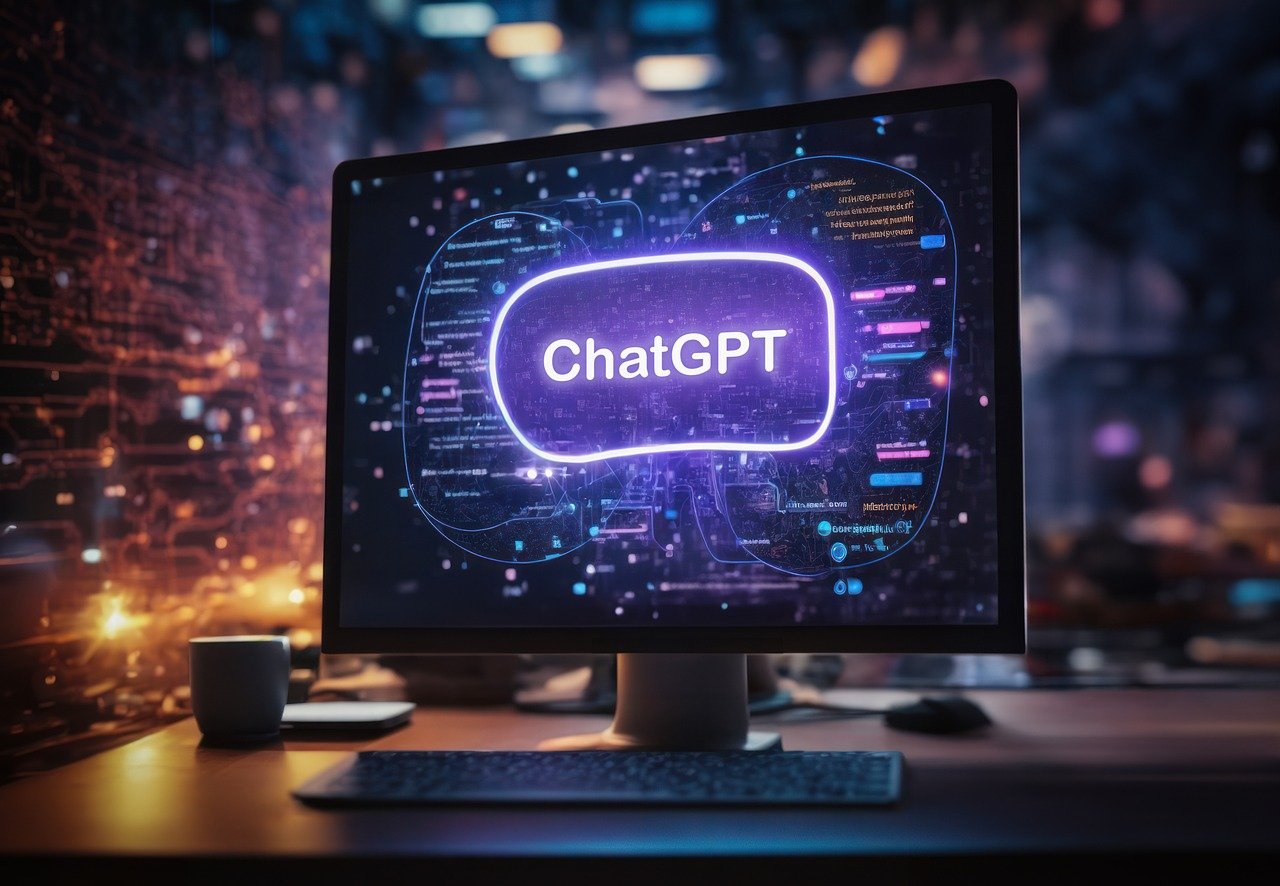News release
From:
Artificial Intelligence: AI may outperform most humans at creative thinking task
Large language model (LLM) AI chatbots may be able to outperform the average human at a creative thinking task where the participant devises alternative uses for everyday objects (an example of divergent thinking), suggests a study published in Scientific Reports. However, the human participants with the highest scores still outperformed the best chatbot responses.
Divergent thinking is a type of thought process commonly associated with creativity that involves generating many different ideas or solutions for a given task. It is commonly assessed with the Alternate Uses Task (AUT), in which participants are asked to come up with as many alternative uses for an everyday object as possible within a short time period. The responses are scored for four different categories: fluency, flexibility, originality, and elaboration.
Mika Koivisto and Simone Grassini compared 256 human participants’ responses with those of three AI chatbots (ChatGPT3, ChatGPT4, and Copy.Ai) to AUTs for four objects — a rope, a box, a pencil, and a candle. The authors assessed the originality of the responses by rating them on semantic distance (how closely related the response was to the object’s original use) and creativity. A computational method was used to quantify semantic distance on a scale from 0 to 2, whilst human evaluators, blind to the originators of the responses, subjectively rated creativity from 1 to 5. On average, the chatbot-generated responses scored significantly higher than the human responses for both semantic distance (0.95 vs 0.91) and creativity (2.91 vs 2.47). The human responses had a far greater range in both measures — the minimum scores were much lower than for the AI responses, but the maximum scores were generally higher. The best human response outperformed each chatbot’s best response in seven out of eight scoring categories.
These findings suggest that AI chatbots can now generate creative ideas at least as well as the average human. However, the authors note that they only considered performance in a single task associated with the assessment of creativity. The authors propose that future research could explore how AI can be integrated into the creative process to improve human performance.



 International
International



